Armpit Lump Home Remedies: 13 Effective Natural Treatments
While some lumps may mean trouble, you can deal with most with simple home remedies.

Image: Midjourney/ StyleCraze Design Team
Armpit lumps are common in both men and women and are caused by swollen lymph nodes in your armpits. Often, these lumps can be warm and painful and in worse cases grow into an armpit abscess as well. Dr. Anna Chacon, a double board-certified dermatologist and a Fellow of the American Academy of Dermatology, says, “Typically, they are huge, hard, and painless to the touch, and they arise spontaneously.”
Fortunately, there are a few home remedies for armpit lumps you can try to reduce the appearance of the lumps and armpit soreness. However, if you experience other symptoms such as fever and the lump doesn’t go away, consult a doctor immediately. In this article, we look at some of the causes and symptoms of armpit lungs and a few natural remedies one can try at home.
In This Article
Causes And Symptoms Of Armpit Lumps
The most common causes of painful lumps under your armpit are swollen lymph nodes. The lymph nodes are part of the lymph system that moves the lymph in and out of the bloodstream from the body tissues. These nodes filter the lymph fluid and can swell up due to the following reasons:
- A bacterial, fungal, or viral infection in the arm or breast
- An infection in the entire body like AIDS or herpes
- Cancer (usually breast cancer or lymphoma)
Lumps in the armpits can also form due to:
- Allergic reactions
- Benign fat tissue growths, known as lipomas
- Cysts
The most serious cause of these lumps is cancer. Hence, it is recommended to consult a specialist if they do not subside.
The symptoms of armpit lumps are as follows:
- Swollen lump in the armpit
- Inflamed and tender skin over the swollen lump
- Pain when the lump is touched
- Pain in the arm or chest area
- Discomfort while moving the arm

A blogger going by the pseudonym pvalov_rings reported similar symptoms. She notes, “It’s tender enough that it’s painful to wear shirts whose sleeves touch my armpit (i).” She also felt that the lump had grown under the skin and was soft to touch.
Finding a lump in your armpit can cause a lot of worry and stress. Many people immediately think of serious health issues, which can lead to anxiety or sleepless nights. The uncertainty of what the lump might mean often triggers fear, even if it turns out to be harmless. The emotional toll can be significant, but seeking medical advice early can help establish an effective course of treatment, easing some of that stress and providing peace of mind.
In most cases, the lump due to an infected lymph node or a simple fatty growth can be easily treated at home. Here is the list of home treatments for armpit bumps.
Key Takeaways
- Armpit lumps happen due to swollen lymph nodes, which can be due to infections, cysts, or even cancer.
- Warm water treatment, apple cider vinegar, and coconut oil massages may reduce the pain and swelling of the lumps.
- Avoid caffeinated drinks, oily, and spicy foods to speed up the healing process.
- Proper hygiene and keeping the armpit area clean may help reduce the risk of infections.
- Consuming enough water, fruits, and vegetables, and good sleep may reduce the lump.
Home Remedies To Get Rid Of Painful Armpit Lumps
1. Warm Water Treatment
An age-old and simple home remedy to treat lumps is to apply heat to the swollen area. Although there is no scientific evidence, it is believed that this method may help reduce the swelling and pain in the affected area. A review published in the Postgraduate Medicine journal highlighted the role of heat and cold therapies as nonpharmacological treatments for acute musculoskeletal injuries. These therapies were used to aid pain reduction and healing, restoring normal activity. Cold therapy was found to reduce pain, blood flow, edema, inflammation, muscle spasm, and metabolic demand. However, the study offered limited support for its efficacy in treating acute injuries and delayed-onset muscle soreness (DOMS). Heat therapy, on the other hand, alleviates pain while enhancing blood flow, metabolism, and tissue elasticity. The study demonstrated that heat-wrap therapy provides short-term relief for acute low back pain and greater effectiveness than cold therapy in managing DOMS (1).
You Will Need
- A small towel
- Hot water
What You Have To Do
- Soak the towel in hot water and wring out the excess.
- Place this on the affected armpit for 10 to 15 minutes.
How Often You Should Do This
Repeat the warm water treatment 2-3 times a day.
 Quick Tip
Quick Tip2. Massage
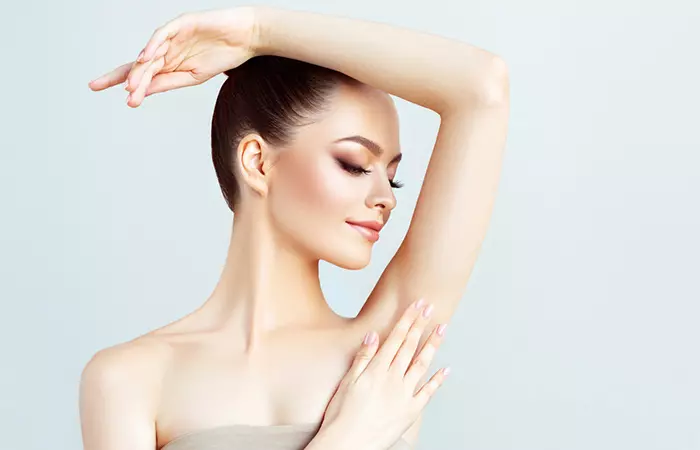
Studies have shown that massage can help in reducing pain (2). It can also help in improving blood circulation to the affected area and reduce swelling.
You Will Need
Olive oil
or coconut oil
What You Have To Do
- Take a drop or two of the oil on your fingertips and massage the armpit area gently with it.
- Use circular motions and upward and downward strokes.
- Massage for a few minutes.
How Often You Should Do This
Do this 2 times a day.
3. Vitamin E
Vitamin E possesses anti-inflammatory properties (3). These properties may help in reducing the size of the painful lump in the armpit. Ensure you consume vitamin E supplements only after consulting your doctor.
You Will Need
Vitamin E capsules
What You Have To Do
Take a vitamin E capsule with water.
How Often You Should Do This
Have one capsule every day.
4. Watermelon
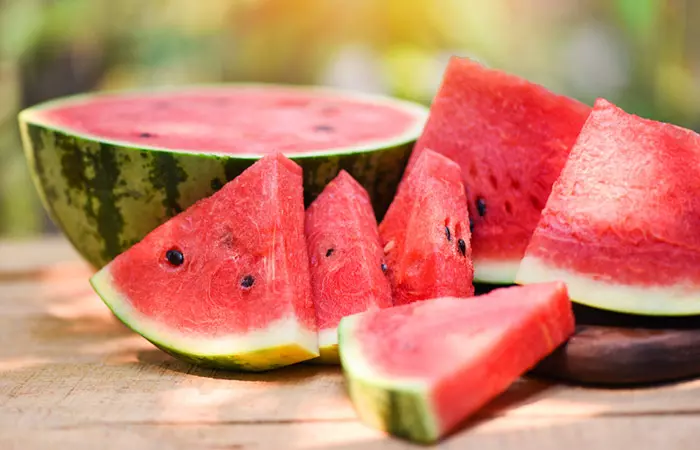
Watermelon has antioxidant and anti-inflammatory properties (4). These properties may help detoxify the blood, eliminate the lump-causing bacteria, and reduce the swelling in the affected area.
You Will Need
Watermelon juice
What You Have To Do
Have a glass of chilled watermelon juice with breakfast.
How Often You Should Do This
Drink watermelon juice every morning.
 Quick Tip
Quick Tip5. Lemon Juice
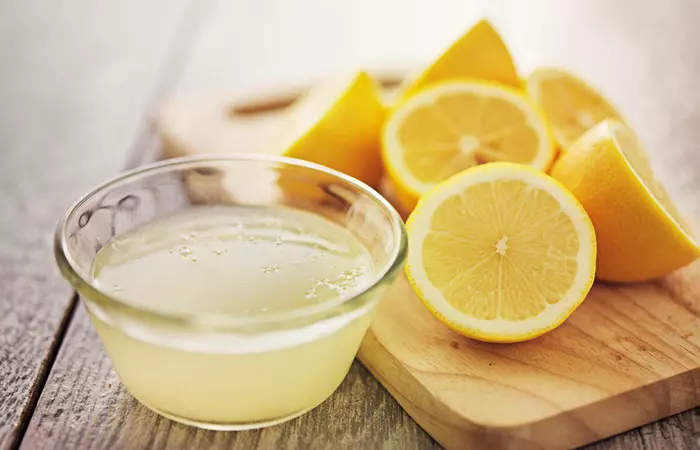
Lemon juice has been used in alternative medicine for centuries to treat various ailments due to its rich vitamin C, antioxidant, and anti-inflammatory content (5). This may help reduce the painful swelling in the lump and heal it.
You Will Need
- Fresh lemon juice
- Water
- Cotton ball
What You Have To Do
- Mix equal parts of lemon juice and water.
- Dip the cotton ball in this juice and apply it to the lump.
- Let it air dry.
- You can also drink a teaspoon or two of lemon juice added to a glass of lukewarm water in the mornings.
How Often You Should Do This
Reapply lemon juice 3-4 times on the painful armpit lump.
6. Nutmeg
Nutmeg has anti-inflammatory and antibacterial properties (6). A study published in Journal Of Medicinal Food evaluated the antibacterial properties of myristic acid and myristicin from Myristica fragrans (nutmeg) seeds. The study found that these components exhibited antibacterial activity against various Gram-positive and Gram-negative bacteria (7). These properties may help reduce pain and enable the body to fight infection and swelling caused due to bacterial infections.
You Will Need
- 1/2 teaspoon nutmeg powder
- 1 teaspoon honey
- A cup of hot water
What You Have To Do
- Add the honey and nutmeg powder to the water and mix it thoroughly.
- Drink this water while it is still warm.
How Often You Should Do This
Repeat this once every day to get rid of armpit lumps.
Caution: Avoid this remedy if you have acidity.
7. Onion
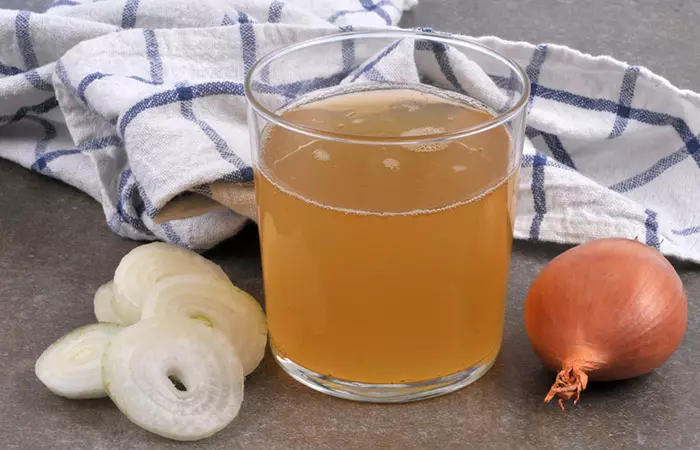
The ever-popular onion may also be used to treat the lumps in the armpit. Onion juice possesses analgesic and anti-inflammatory properties (8). This can help in reducing the pain and inflammation in the armpit.
You Will Need
An onion
What You Have To Do
Extract the juice of an onion and gulp it down. You can add your favorite veggies to make the onion juice taste better.
How Often You Should Do This
Drink a glass of healthy onion (and vegetable) juice every day.
8. Turmeric
Turmeric is one of the most popular ingredients used in traditional medicine for its antiseptic, anti-inflammatory, and antibacterial properties (9). It may help ease painful lumps and reduce armpit swelling. The topical application of this potent Ayurvedic remedy may reduce the urge to itch and fasten the healing process.
You Will Need
- 1 teaspoon turmeric powder
- A cup of hot milk
What You Have To Do
- Mix the turmeric powder well in the milk so that no lumps remain.
- Drink this hot turmeric-infused milk.
- You can also make a paste with turmeric powder and water and apply it to the lump. Let it dry for 10-15 minutes and then rinse with water.
How Often You Should Do This
Drink a glass of turmeric milk every day, preferably before going to bed. Repeat the topical application of turmeric 2 times a day.
9. Vitamin A
Vitamin A plays a critical role in promoting immune function (10). It helps in T-cell and B-cell migration and activity. It also aids lymphocyte function and has anti-inflammatory properties. When the body does not receive enough vitamin A from the diet, its immune response falters, and this increases the chances of developing an infection in the lymph nodes. Hence, you may increase the sources of vitamin A in your diet to reduce armpit lumps quickly.
You Will Need
- A carrot
- A papaya
What You Have To Do
- Add carrots to your salads.
- Munch on papayas and carrots as a mid-day snack.
How Often You Should Do This
Do this daily.
10. Charcoal Compress
Activated charcoal may help reduce armpit pain and armpit inflammation. It absorbs toxins from the body and helps treat the armpit infection. A review published in the Medical Toxicology And Adverse Drug Experience journal explored the role of oral activated charcoal in treating intoxications. Activated charcoal can effectively absorb a wide range of toxins present in the stomach, preventing their gastrointestinal absorption and enhancing elimination. Single doses are typically effective, while repeated doses accelerate toxin elimination in cases of severe poisoning. It is more effective than gastric emptying in most cases and is recommended as a first-line treatment (11).
You Will Need
- 1 teaspoon activated charcoal
- 1/2 teaspoon flaxseed powder
- Water
- Paper towel
What You Have To Do
- Mix both the powders and add enough water to make a thick paste.
- Put this paste on a paper towel and place it on the affected area.
- Leave it on for 10-15 minutes.
How Often You Should Do This
Do this every 2 hours every day until the lump goes away.
11. Garlic
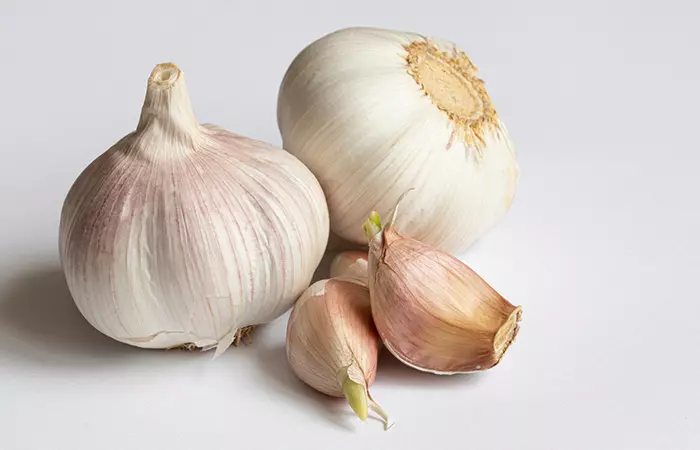
Studies have shown that garlic has antimicrobial and anti-inflammatory properties (12). Regular intake of garlic may help eliminate the infection that is causing your lymph nodes to swell up and reduce pain and swelling. Garlic is also an excellent detoxification agent.
You Will Need
- 2-3 garlic cloves
- A glass of lukewarm water
What You Have To Do
- Crush the garlic cloves or chop them finely.
- Ingest this with a glass of water first thing in the morning.
- You can also include garlic in your daily diet by adding it to the dishes you make.
How Often You Should Do This
Do this every morning.
12. Contrast Baths
Contrast bath therapy involves using warm and cold water treatment to reduce muscle pains. The cold treatment may help ease the pain while the warm treatment might improve blood and lymph circulation (13), (14). This method may work as an effective home remedy to treat armpit lumps.
You Will Need
- Warm water
- Cold water
- 2 buckets or tubs
What You Have To Do
- Submerge your armpit in warm water for three to four minutes.
- Submerge it in cold water for two minutes.
- Repeat this four to five times.
If it is difficult to submerge the affected area in the tub, use two different cloth pieces soaked in the two tubs and place them on the armpit for the same time duration as mentioned above.
How Often You Should Do This
Use contrast bath therapy 2 times a day.
13. Apple Cider Vinegar
Apple cider vinegar
has antiseptic properties that fight the infection (15). It is also thought to have anti-inflammatory properties that may help reduce pain and swelling.
You Will Need
- Apple cider vinegar
- Water
- Cotton cloth
What You Have To Do
- Mix equal amounts of apple cider vinegar and water in a bowl.
- Soak the cotton cloth in this mixture and place it on the affected area for 5-7 minutes.
- Remove the cloth and rinse the area with warm water.
- Pat the area dry.
- You may also drink a teaspoon of ACV and honey added to a glass of water in the mornings.
How Often You Should Do This
Repeat this a few times in a day.
It is important to understand that all lumps in and around your breast are not a sign of cancer. Hormonal changes often lead to the formation of these lumps. If your lump does not subside in a week with these holistic remedies, please consult a doctor.
Here are a few pointers to bear in mind when you are dealing with an armpit lump.
A Few Tips For Healthy Armpits
- Stay Hydrated – Most problems in the human body arise due to improper regulation of body fluids and blood. It is important to drink plenty of water to keep your body hydrated and ensure proper blood circulation. This may help reduce the painful lumps to an extent since it may provide the necessary nutrition and antibodies.
- Reduce Caffeine Intake – Coffee and tea are rich sources of caffeine and can cause the lump to grow. Though there are no studies to link caffeine intake to lumps in the armpit, it is best to reduce your consumption of caffeine. Steer clear of aerated drinks and consume fresh fruit juices instead.
- Avoid Foods That Cause Pain – It is important to make a note of the foods that elevate the pain and swelling in the lumps. Avoid these foods to fasten the healing process. Maintain a food diary and note down any food items that tend to trigger the pain or increase inflammation. You will soon know what to consume and what not to when you have a lump in the armpit.
- Say No To Oily And Spicy Foods – These foods cause you to sweat more and can lead to more underarm sweating, which, in turn, may cause bacterial growth. The need is to keep the growth in check. Hence, avoiding these foods will help in getting the lumps to heal faster.
- Stay Clean – The armpits are one of the most active body parts that sweat due to excessive activity of the glands. Keep the underarms dry and clean to heal the lump faster. If the lump is caused due to a bacterial infection as a result of clogged pores, it will go away soon with proper hygiene.
- Consume fruits and vegetables. Avoid reheated and fried foods. Reduce the consumption of sweets.
- Get at least 6-8 hours of sleep.
Some other tips to keep in mind are:
- Do not share towels with someone who may have lumps. Bacterial infections are bound to spread.
- Avoid using another person’s toiletries.
- Do not use harsh soap on the lump.
- Use lukewarm water to clean the area several times a day and also during your bath.
- Do not pick on the lump or itch/scratch it as the infection can spread, leaving you with more painful lumps to deal with.
- Do not shave your underarms when you have a lump as it can further aggravate the condition.
- Do not use any luxury talcs or deodorants until the lump abates.
Visit a doctor if the lump does not subside in a week. They will prescribe antibiotics to control the infection.
When To See A Doctor
Sometimes, armpit lumps come and go without any pain or discomfort. Using herbal remedies for armpit lump treatment can accelerate the home healing process and not let them aggravate, especially in the case of infections. If the lump doesn’t heal even after a couple of weeks or seems to be worsening, please consult your doctor. Moreover, there could be many reasons behind the formation of a hard lump under the skin, be it in your armpits or any other part of the body. It’s always best to consult the doctor for a proper diagnosis.
Moreover, if the lump in the armpit is painful or causes severe discomfort, consulting a doctor is crucial. Monitor it closely and not self-diagnose, as armpit lumps have been associated with breast cancer and lymphoma.
Dr. Anna Chacon says, “Cancerous lumps are often huge, hard, and painless to the touch, and they emerge spontaneously. The bulk will continue to increase in size over the next weeks and months.” If you notice tenderness, redness, pain, fever, unexplained weight loss, night sweats, or irregularity in size, seek medical advice immediately.
Your healthcare provider may ask you to undergo certain tests to understand the cause of your armpit lump. Keep reading to learn more about the diagnostic process.
Armpit Lump Diagnosis
A healthcare professional first conducts a thorough physical examination where they check the lump’s size, texture, tenderness, and mobility. This examination helps classify the lump and assess its potential for malignancy (16).
Subsequently, they may recommend imaging tests like ultrasound, mammography, or MRI to visualize the lump’s structure and its relation to nearby tissues.
A fine needle aspiration (FNA) or core needle biopsy may be performed to collect a tissue sample for laboratory analysis. This helps them identify whether the lump is benign or malignant (16).
In some cases, additional blood tests or specialized imaging, such as a positron emission tomography (PET) scan, may be necessary to further evaluate the extent of the condition.
Infographic: Doctor Consultation For Armpit Lumps: Things To Expect
Armpit lumps are often harmless and may fade away on their own. You can use home remedies to get rid of them. However, if they don’t resolve with the help of remedies, you need to consult a doctor. The right diagnosis will help you treat it before the symptoms worsen. Check the infographic to know what to expect during the doctor consultation.
Some thing wrong with infographic shortcode. please verify shortcode syntax
Armpit lumps result from swollen lymph nodes and can be painful and uncomfortable. In many cases, armpit cysts, microbial infections, allergic reactions, or cancer can cause the lymph nodes to swell up. Accompanying the swollen lump in the armpit, you may experience symptoms like pain and tenderness. To alleviate the pain and swelling, you may apply several home remedies for armpit lumps, including warm water treatment, massage with coconut or olive oil, lemon or watermelon juice, etc. As cancer is one possible underlying cause of swollen lymph nodes, you should seek medical advice if the lumps do not subside shortly or keep recurring.
Frequently Asked Questions
Can deodorant cause a lump under the armpit?
According to Dr. Chacon, “These can be caused by shaving or antiperspirant usage (not deodorants). This is especially common in teenagers who are just starting to shave.”
When should I worry about a lump in my armpit?
You may need to seek medical attention if your armpit lump doesn’t subside after 2 weeks of using natural remedies, or if there is accompanying tenderness, redness, pain, or irregularity in its size.
Can an armpit lump be cancer?
Yes, it may be a sign of cancer in some rare cases. It is important to remember that not all armpit lumps indicate cancer.
What percentage of armpit lumps are cancerous?
An unexplained armpit lump has around a 4% chance of being cancerous in individuals over 40 years of age and a 0.4% chance of being cancerous in those under the age of 40 (16).
Illustration: Home Remedies For Armpit Lumps + Causes And Prevention
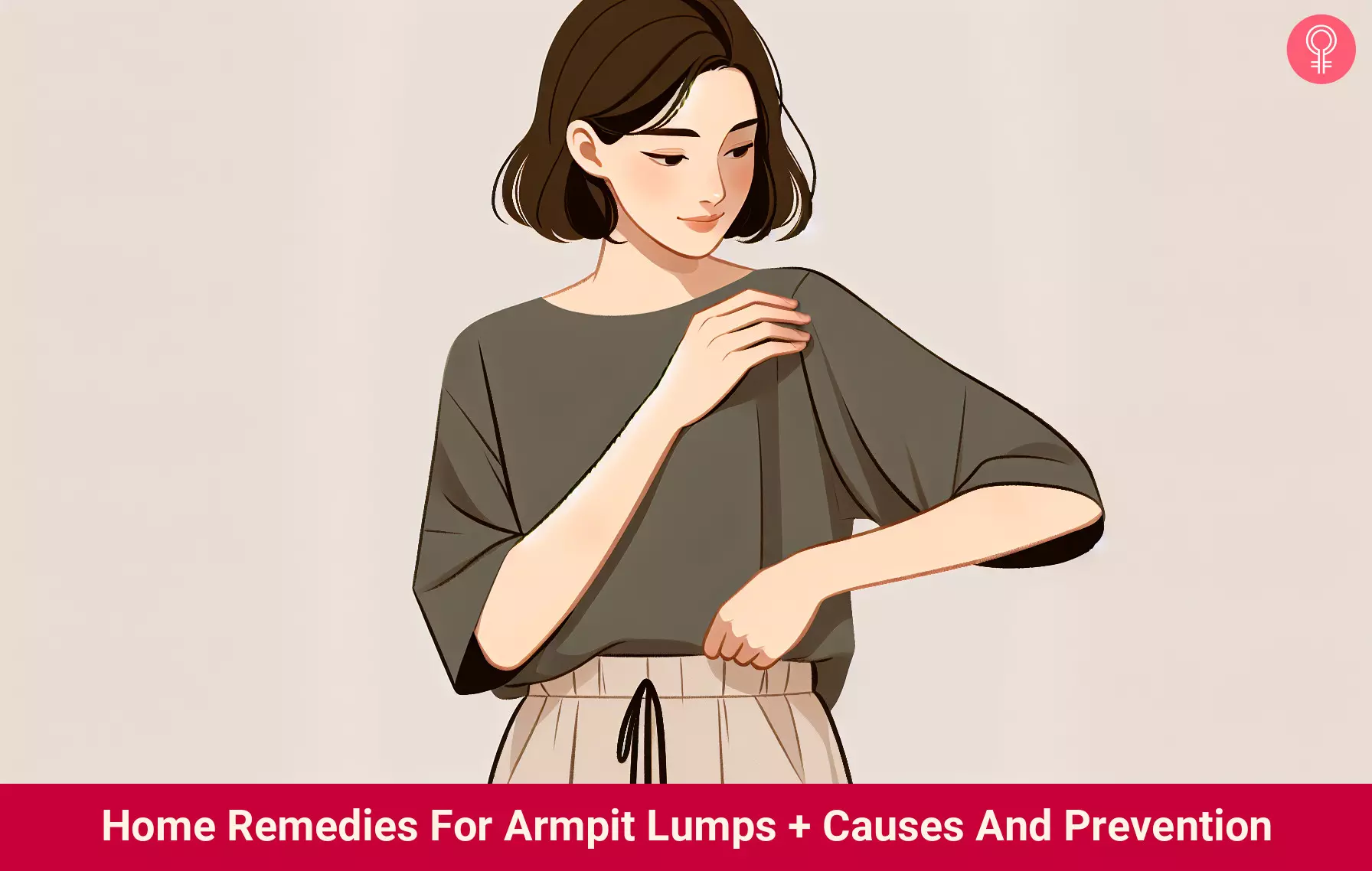
Image: Dall·E/StyleCraze Design Team
Find relief from armpit lumps with simple home remedies in this informative video. Take control of your well-being and embrace natural solutions. Watch now and experience the comfort you deserve.
Personal Experience: Source
StyleCraze's articles are interwoven with authentic personal narratives that provide depth and resonance to our content. Below are the sources of the personal accounts referenced in this article.
i. Armpit lumphttps://vaginapagina.livejournal.com/14376089.html
References
Articles on StyleCraze are backed by verified information from peer-reviewed and academic research papers, reputed organizations, research institutions, and medical associations to ensure accuracy and relevance. Read our editorial policy to learn more.
- Mechanisms and Efficacy of Heat and Cold Therapies for Musculoskeletal Injury, Postgraduate Medicine, US National Library of Medicine, National Institutes of Health.
https://pubmed.ncbi.nlm.nih.gov/25526231// - The Impact of Massage Therapy on Function in Pain Populations—A Systematic Review and Meta-Analysis of Randomized Controlled Trials: Part I, Patients Experiencing Pain in the General Population, American Academy Of Pain Medicine, US National Library of Medicine, National Institutes of Health.
https://www.ncbi.nlm.nih.gov/pmc/articles/PMC4925170/ - Vitamin E has a dual effect of anti-inflammatory and antioxidant activities in acetic acid–induced ulcerative colitis in rats, Canadian Journal of Surgery, US National Library of Medicine, National Institutes of Health.
https://www.ncbi.nlm.nih.gov/pmc/articles/PMC3195661/ - Watermelon Consumption Improves Inflammation and Antioxidant Capacity in Rats Fed an Atherogenic Diet, Nutrition Research, US National Library of Medicine, National Institutes of Health.
https://pubmed.ncbi.nlm.nih.gov/25631716// - Citrus fruits as a treasure trove of active natural metabolites that potentially provide benefits for human health, BMC Chemistry, US National Library of Medicine, National Institutes of Health.
https://www.ncbi.nlm.nih.gov/pmc/articles/PMC4690266/ - Antibacterial principles from Myristica fragrans seeds, Journal of Medicinal Food, US National Library of Medicine, National Institutes of Health.
https://pubmed.ncbi.nlm.nih.gov/17004905/ - Antioxidant and Antiinflammatory Compounds in Nutmeg (Myristicafragrans) Pericarp as Determined by in vitro Assays, Natural Products Communications, US National Library of Medicine, National Institutes of Health.
https://pubmed.ncbi.nlm.nih.gov/17004905/ - Evaluation of analgesic and anti-inflammatory effects of fresh onion juice in experimental animals, African Journal of Pharmacy and Pharmacology, ResearchGate.
https://www.researchgate.net/publication/228481650_Evaluation_of_analgesic_and_anti-inflammatory_effects_of_fresh_onion_juice_in_experimental_animals - Turmeric, the Golden Spice, Herbal Medicine: Biomolecular and Clinical Aspects, US National Library of Medicine, National Institutes of Health.
https://www.ncbi.nlm.nih.gov/books/NBK92752/ - Role of Vitamin A in the Immune System, Journal Of Clinical Medicine, US National Library of Medicine, National Institutes of Health.
https://www.ncbi.nlm.nih.gov/pmc/articles/PMC6162863/ - Oral activated charcoal in the treatment of intoxications. Role of single and repeated doses, Medical Toxicology and Adverse Drug Experience, US National Library of Medicine, National Institutes of Health.
https://pubmed.ncbi.nlm.nih.gov/3285126/ - Garlic: a review of potential therapeutic effects, Avicenna Journal Of Phytomedicine, US National Library of Medicine, National Institutes of Health.
https://www.ncbi.nlm.nih.gov/pmc/articles/PMC4103721/ - Contrast water therapy and exercise induced muscle damage: a systematic review and meta-analysis, PLoS One, US National Library of Medicine, National Institutes of Health.
https://pubmed.ncbi.nlm.nih.gov/23626806/ - Immune changes in humans during cold exposure: effects of prior heating and exercise, Journal of Applied Physiology, American Physiological Society.
https://journals.physiology.org/doi/full/10.1152/jappl.1999.87.2.699 - Vinegar: Medicinal Uses and Antiglycemic Effect, Medscape General Medicine, US National Library of Medicine, National Institutes of Health.
https://www.ncbi.nlm.nih.gov/pmc/articles/PMC1785201/ - Peripheral Lymphadenopathy: Approach and Diagnostic Tools
https://www.ncbi.nlm.nih.gov/pmc/articles/PMC3993046/
Read full bio of Vd. Naveen Sharma
- Dr. Anna Chacon, MD, FAAD, is a double board-certified dermatologist with over 7 years of experience. She has authored many peer-reviewed articles and managed clinical research studies during her fellowship. She completed her medical school in the PLME (Program of Liberal Medical Education) at Brown University.
 Dr. Anna Chacon, MD, FAAD, is a double board-certified dermatologist with over 7 years of experience. She has authored many peer-reviewed articles and managed clinical research studies during her fellowship. She completed her medical school in the PLME (Program of Liberal Medical Education) at Brown University.
Dr. Anna Chacon, MD, FAAD, is a double board-certified dermatologist with over 7 years of experience. She has authored many peer-reviewed articles and managed clinical research studies during her fellowship. She completed her medical school in the PLME (Program of Liberal Medical Education) at Brown University.
Read full bio of Sucharita Mishra
Read full bio of Arshiya Syeda
Read full bio of Dipti Sharma







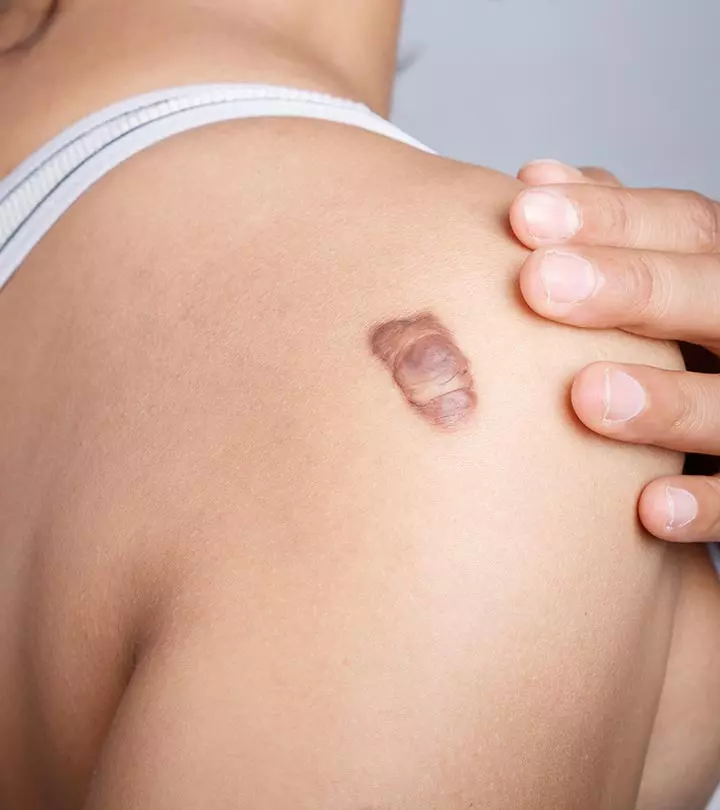


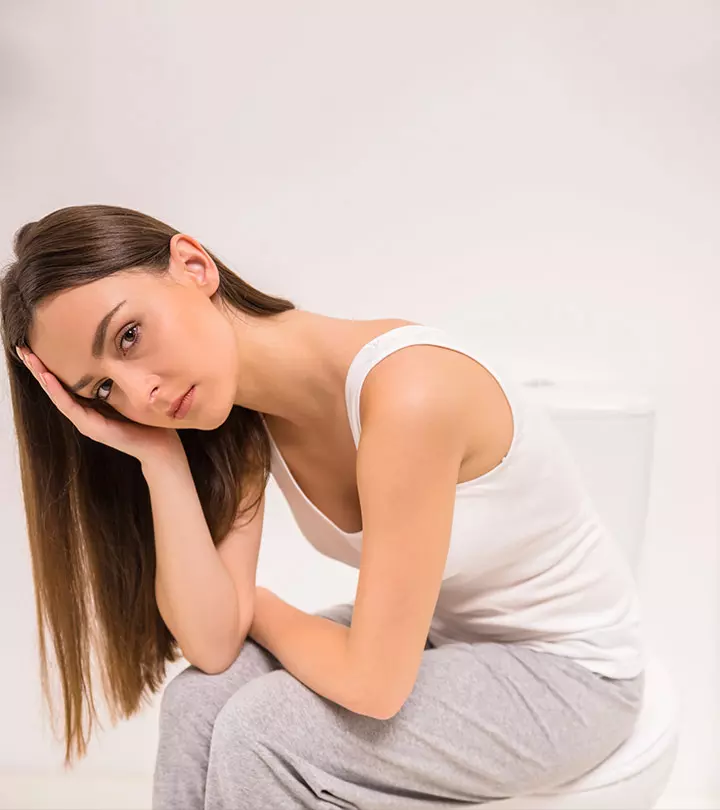
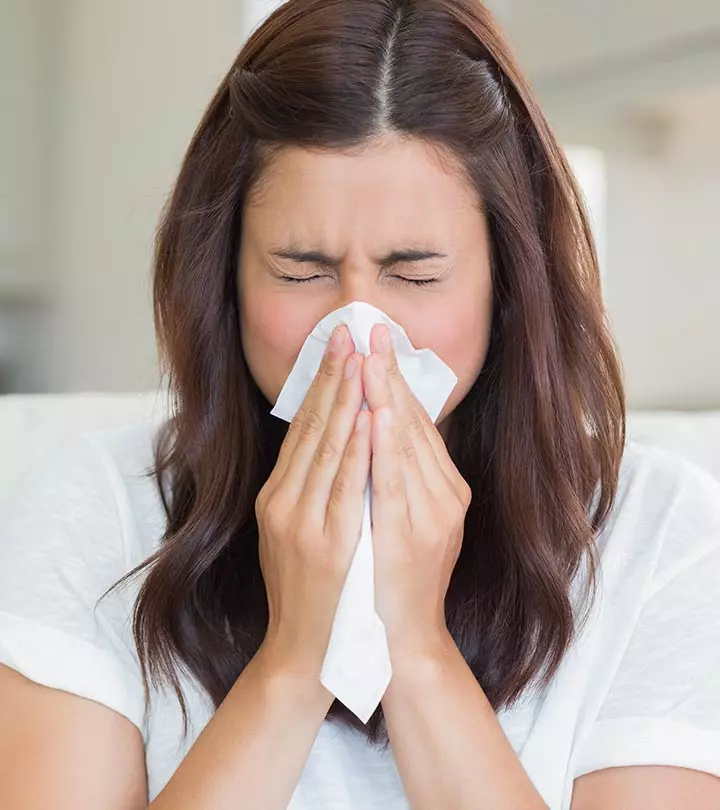
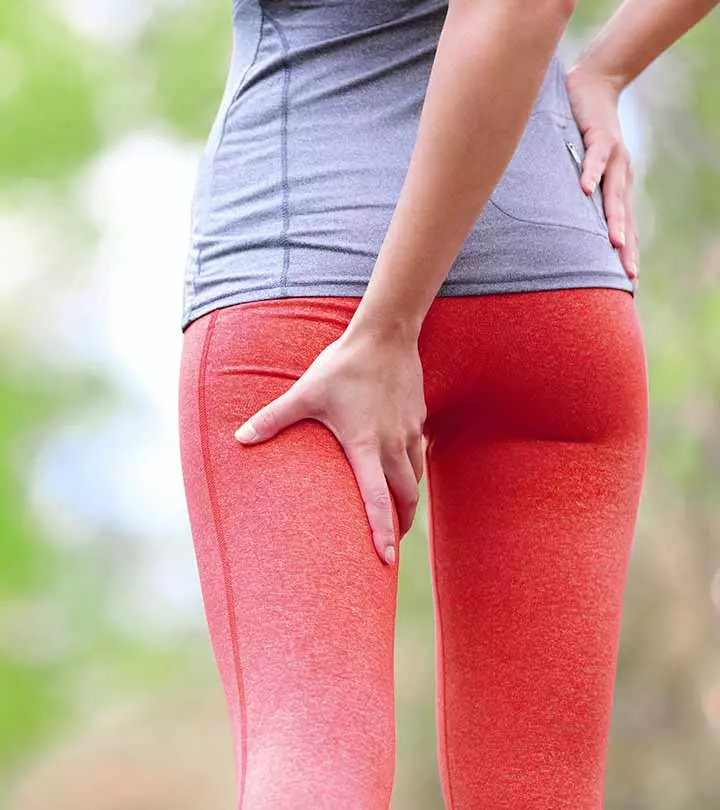

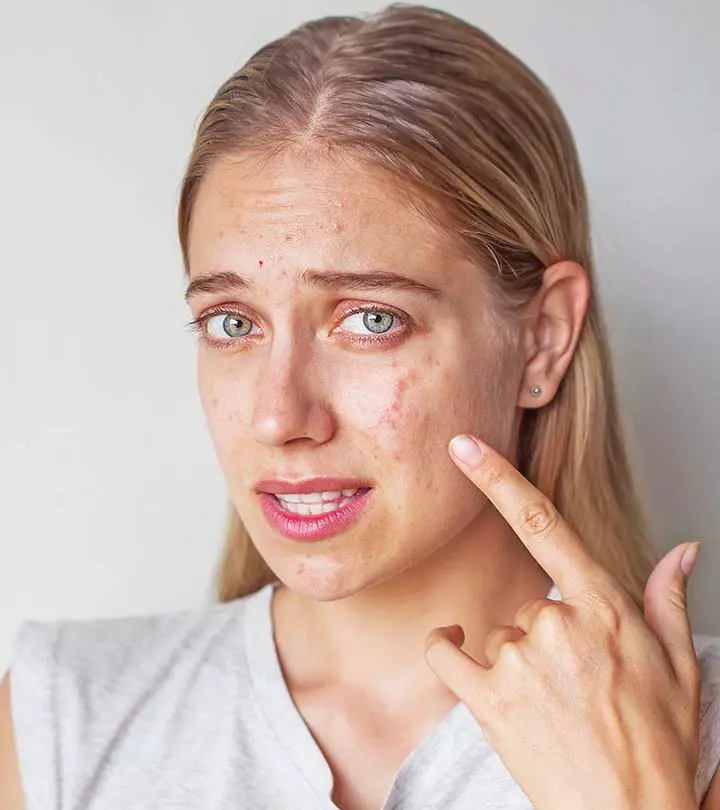
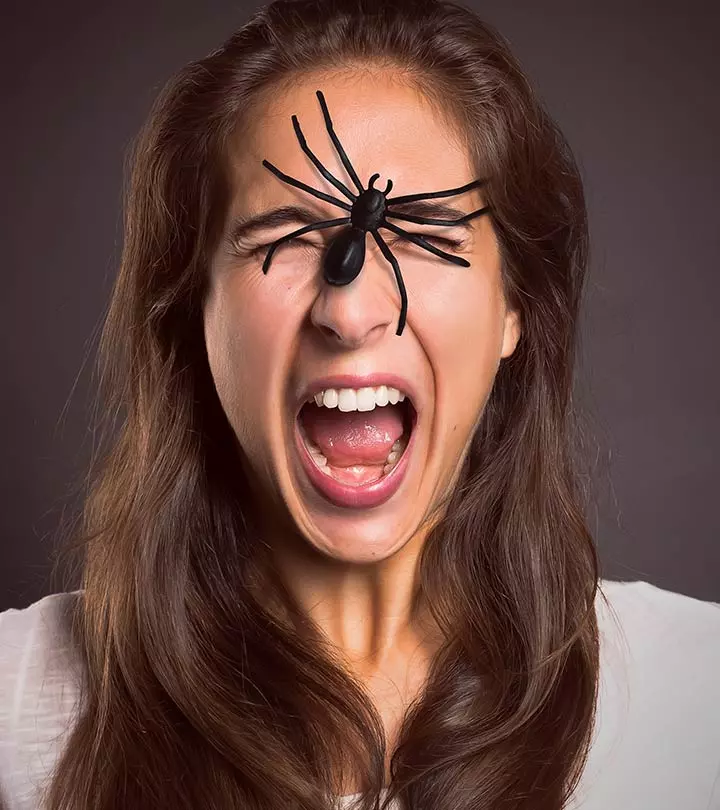
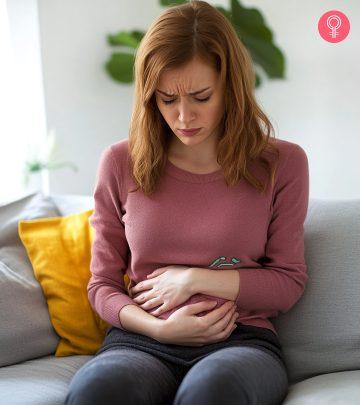

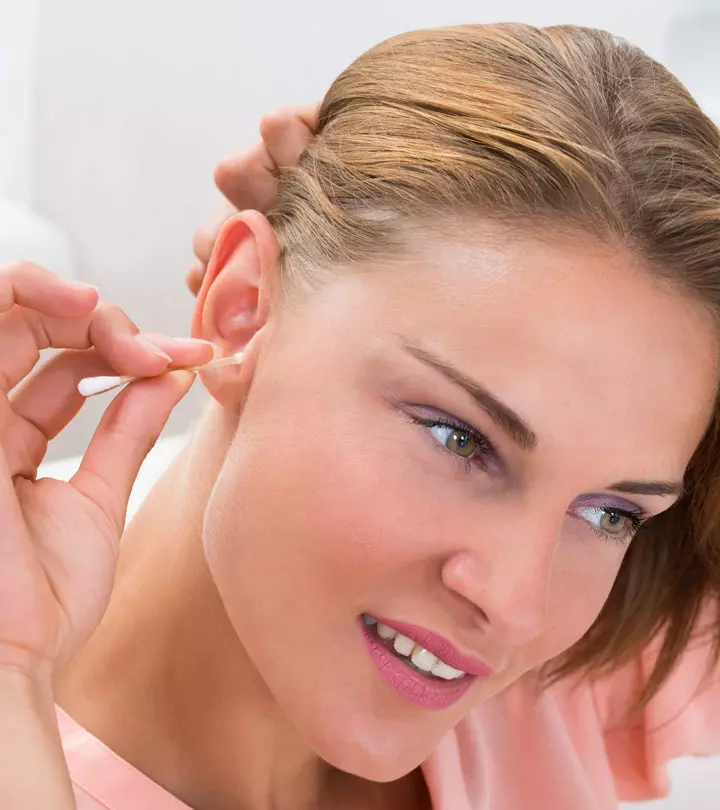
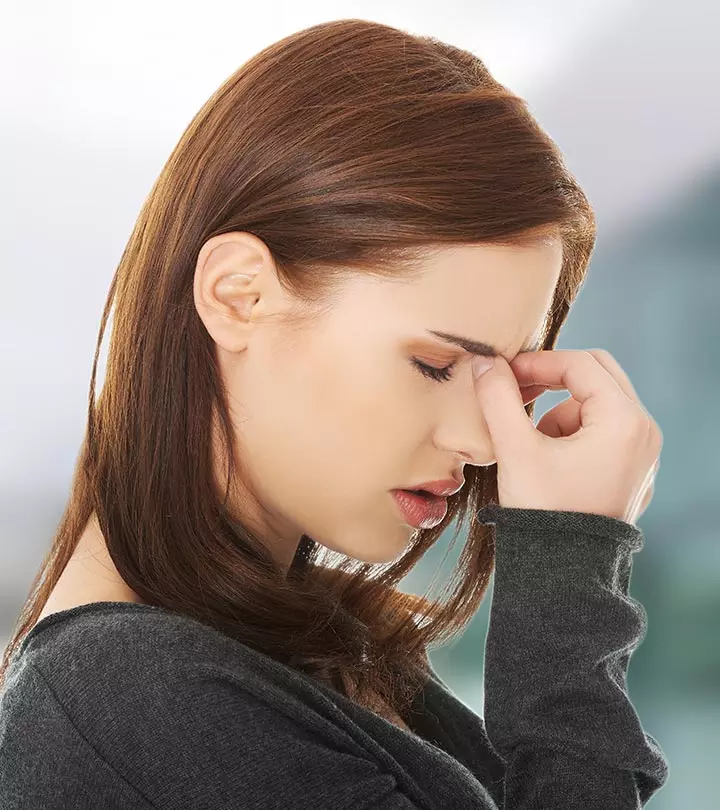

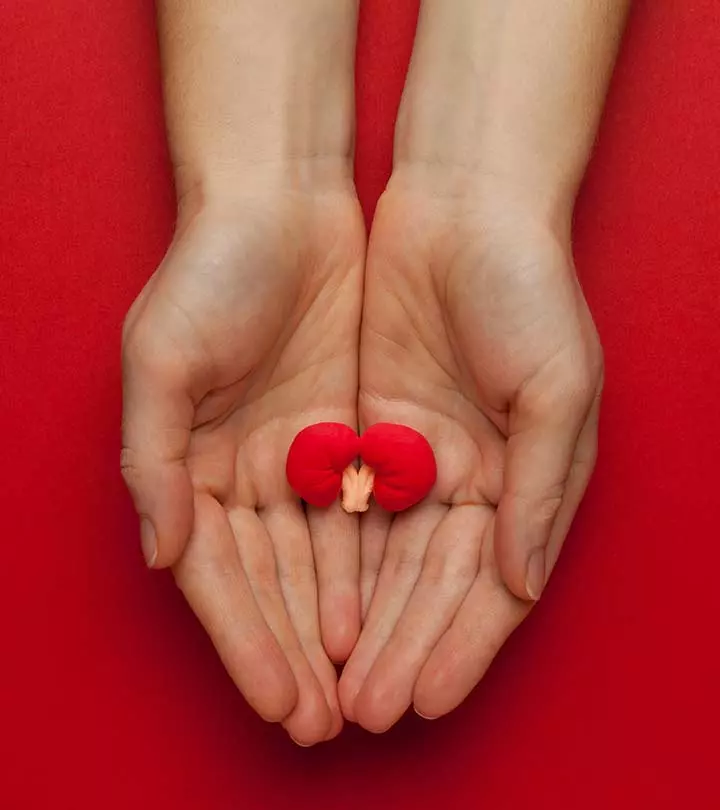



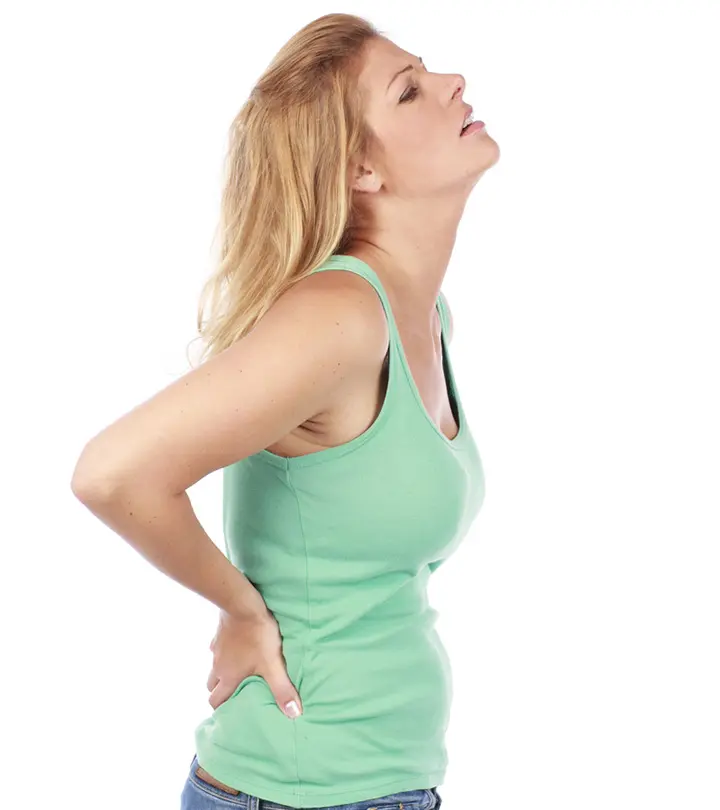
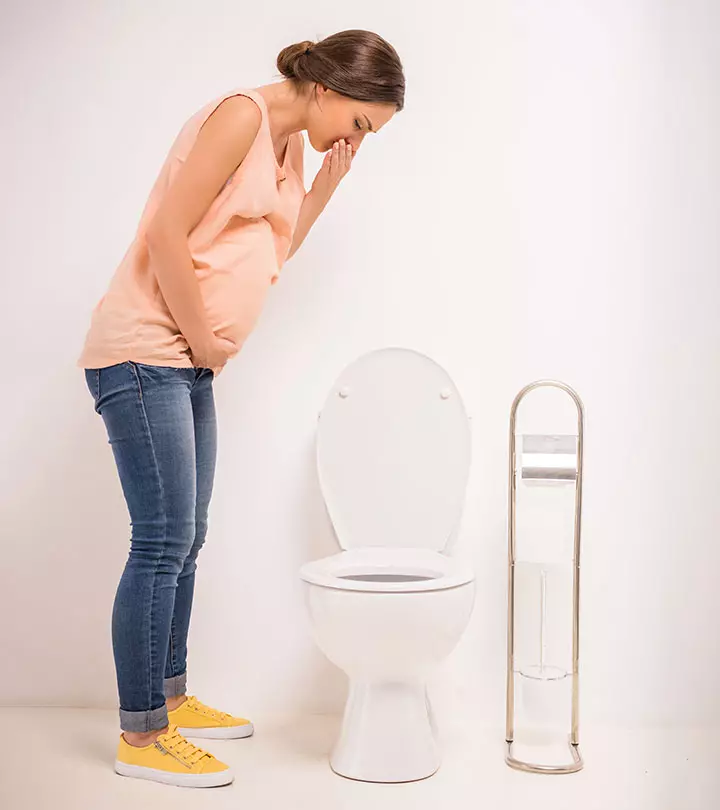
Community Experiences
Join the conversation and become a part of our empowering community! Share your stories, experiences, and insights to connect with other beauty, lifestyle, and health enthusiasts.